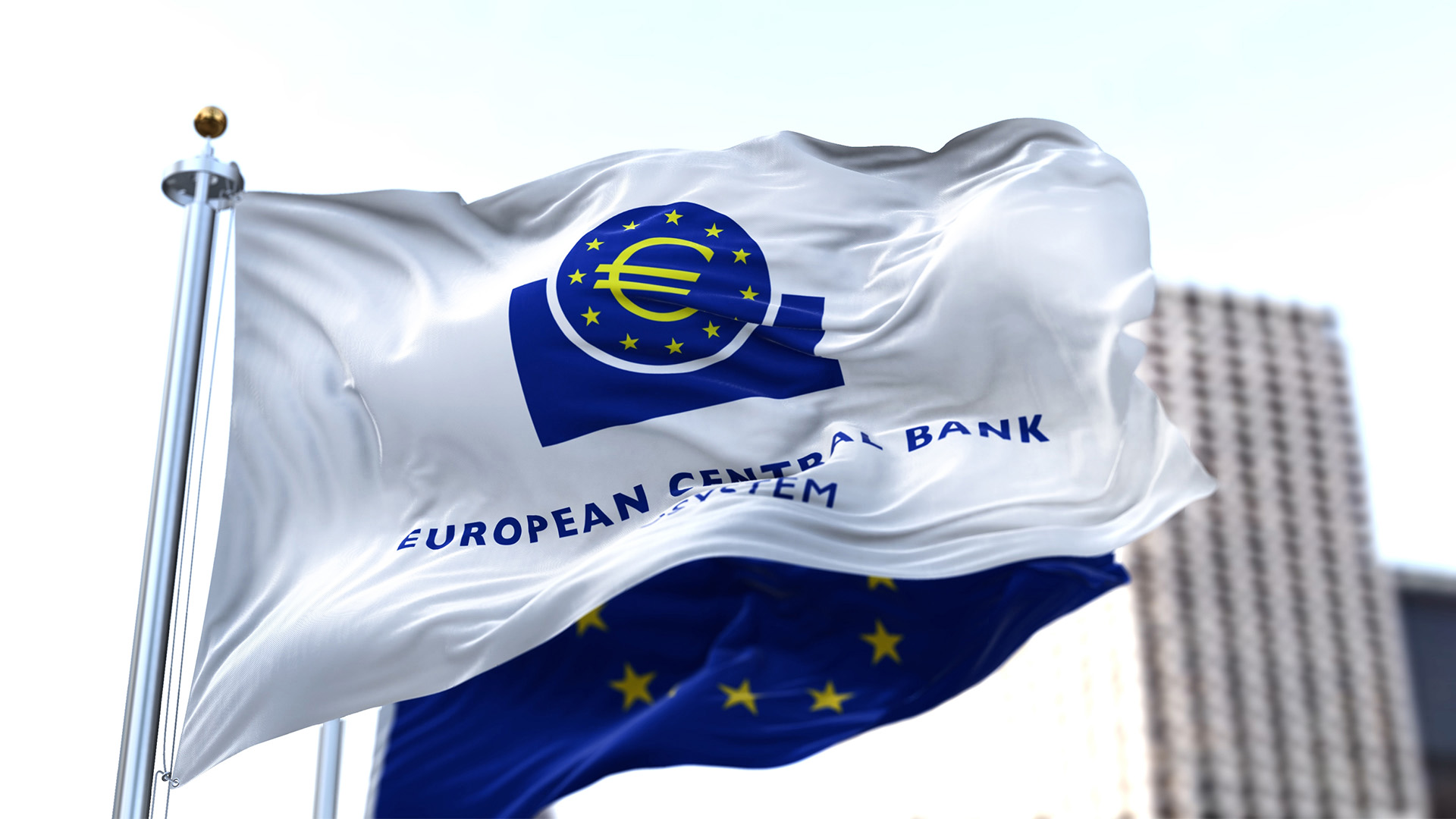The European Central Bank has given its strongest sign yet that it will cut interest rates next week. In an interview with the Financial Times, ECB chief economist Philip Lane said, “Barring major surprises, at this point in time, there is enough in what we see to remove the top level of restriction” in the rate structure.
The ECB’s key deposit rate is 4.0%. The assumption is for a cut of 0.25% at the June 6 meeting (the 80th anniversary of the D-Day landings as well).
The Fed had looked to be an early favorite to cut rates, but sticky inflation fears this year have re-ignited fears in markets that a rate cut won’t happen until September, while there is now a more than sneaking chance of a rate rise.
So-called PCE inflation, income, and spending data for April are out this Friday (the day after the second estimate of US first-quarter economic growth), and the Fed will be watching that data drop closely – as it always has done – to see if there are any signs underlying inflation is hanging around longer than forecast.
Lane has the key role at the ECB for drafting and presenting the proposed rate decision before it is decided by the 26 members of the governing council Thursday week. He will take note of the last major data drops ahead of the meeting.
ECB inflation and jobs data will be out late this week – the inflation report is expected to show a rise in May’s annual rate to 2.6% from 2.4% in April.
Swiss, Swedish, Czech, and Hungarian central banks have already cut their key indicator rates this year in response to falling inflation.
The Bank of England was tipped to join them before the latest data showed consumer price inflation at 2.3% instead of easing to a rate of 2.1% in April. Then the announcement of a July 25 election saw the timing further delayed.
But among the world’s major economies, the Fed and Bank of England are not expected to cut rates before the summer, and the Bank of Japan is considered more likely to continue raising them.
Lane told the FT that a key reason why inflation had fallen faster in the Eurozone than the US was that the region had been hit harder by the energy shock triggered by Russia’s invasion of Ukraine in February 2022.
“Dealing with the war and the energy problem has been costly for Europe,” he said. “But in terms of that first step [in starting to cut rates], that is a sign that monetary policy has been delivering in making sure that inflation comes down in a timely manner. In that sense, I think we have been successful.”
Lane said ECB policymakers needed to keep rates in restrictive territory this year to ensure that inflation kept easing and did not get stuck above the bank’s target, which he warned “would be very problematic and probably quite painful to eliminate”.
But he said the pace at which the central bank lowered Eurozone borrowing costs this year would be decided by the incoming data to decide “is it proportional, is it safe, within the restrictive zone, to move down”.
“Things will be bumpy and things will be gradual,” Lane told the paper.
“The best way to frame the debate this year is that we still need to be restrictive all year long,” he added. “But within the zone of restrictiveness, we can move down somewhat.”














